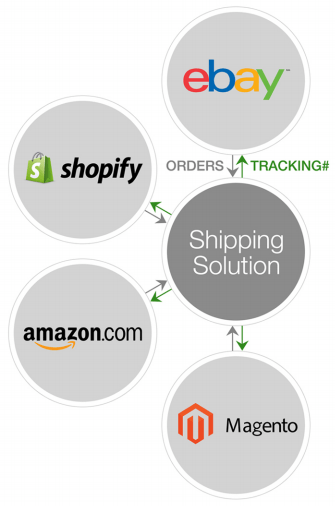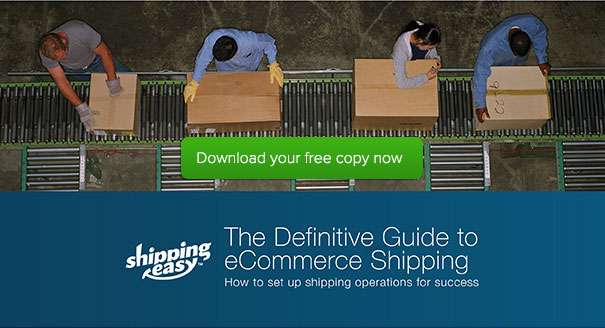How do I sell my products via multiple channels?
Selling your products across multiple channels is a conceptually simple task. Rather than just selling products from your personal site, you can expand your product list to popular marketplaces like Amazon, eBay, Etsy, Walmart, and other sites in addition to your main selling channel. This gives you the ability to distribute your products to a larger audience, expand your brand, and make more sales.
Selling your products on multiple sites
For many online sellers, distributing products across multiple stores/marketplaces is a good way to broaden reach and increase sales. With this decision comes an entirely new level of complexity that affects inventory management, order fulfillment, base costs, and managing your company’s reputation and ratings across multiple selling channels/marketplaces.
Selling across multiple channels affects the various environments that are important to your success.
Below are the ways it affects the selling, shipping, and physical environments.
Selling Environment
- There may be multiple platforms, but typically they are not integrated with one another
- Most platforms provide no real order management capabilities
Shipping Environment
- Integrate with each of the selling platforms
- Allow aggregation of order data from any number of platforms into a single view, where it can be managed and manipulated
- Communicate inventory data back to any number of platforms to ensure stock levels are properly represented in store experience(s)
- Communicate order status data back to any store(s) for presentation to customer
Physical Environment
- May fulfill different selling platform orders from different fulfillment locations
- May need to print a different pick list, packing slip, and/or shipping label for different stores (e.g., a store-specific logo on the packing slip or a store-specific gift with purchase is included in the package)
Using a shipping solution for selling on single or multiple platforms
- Multiple Stores: If you sell on multiple sites, having a shipping solution is an invaluable way to consolidate orders from all sources, simplify their management, and increase the efficiency (and ROI) of your fulfillment processes. Working from multiple back ends is tedious, complicates training of your shipping staff, and requires your shipping process to support the quirks of the various selling platforms—making it more difficult to optimize.
- Single Store: Even with a single store, a shipping solution will allow a direct integration with your store—and, more importantly, your orders. This direct integration will eliminate the copying and pasting of addresses and order details while enabling updates of inventory and tracking information back to your store along with updates related to each order’s status (e.g., “shipped” vs. “awaiting fulfillment”).
Shipping solutions enable managing shipments from multiple stores:

Something that removes a lot of the complexity from selling across multiple channels is shipping software. This allows you to process all of your orders in one place and communicate the shipment status of your customer’s orders without manually sending a tracking number to every person.
Other software can help with selling across multiple channels as well, including inventory management software and accounting software.
Below is an illustration of how a shipping solution receives orders from multiple selling channels and sends the tracking information back to the platform (as well as your customers).

Related Articles & Resources:
- eCommerce Shipping Capabilities
- International Shipping
- Expedited Delivery Options
- Shipping Pricing Options
- Customer Shipping Preferences
- Picking and Packing Orders
- Carrier Selection
- Fulfillment
- Shipping Returns
- Analytics & Reporting
- ShippingEasy features
- ShippingEasy features in list format
This article is from The Definitive Guide to eCommerce Shipping.
Request a Demo





